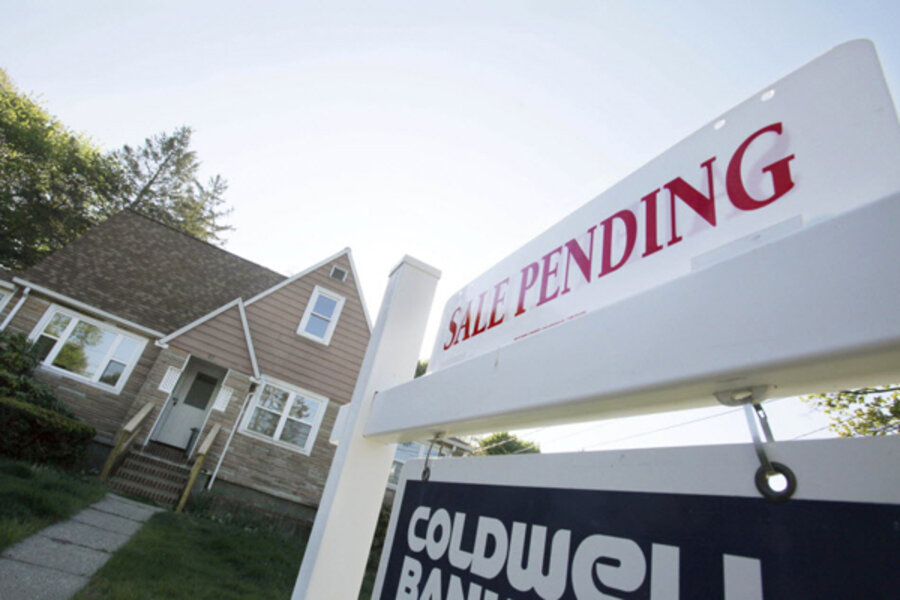Why did home sales cool during key spring season?
Loading...
The pace of US home sales slowed in May, in part because of a tight supply of homes on the market.
That news, delivered by the National Association of Realtors on Thursday, means that the housing market was not as robust during the important spring selling season as many forecasters had predicted.
Sales of previously owned homes fell by 1.5 percent compared with the prior month, the NAR reported. The dip in activity was concentrated in the Northeast and Western regions of the country. (Sales of newly built homes, delivered in a separate report each month from the US Census Bureau, are scheduled to be released Monday.)
"The slight pullback in monthly home sales is more likely due to supply constraints rather than softening demand," Lawrence Yun, NAR chief economist, said in a statement released with the numbers Thursday. "The normal seasonal upturn in inventory did not occur this spring."
If the May numbers were a bit disappointing, the broader picture in housing is one of gradual improvement. The May sales pace came in at an annualized rate of roughly 4.6 million home sales per year. A year ago in May, the sales volume stood at 4.2 million. So despite its modest dip in May, sales activity has been rising when viewed in the longer term.
But the supply of homes on the market is tighter than expected: Some 3.1 million homes were on the market last May, versus 2.5 million now. Inventory shortages had been growing in some areas all year, Mr. Yun said.
Why the tight supply?
Here are three factors that may be important. First, about 1 out of 4 borrowers with mortgages have "negative equity," meaning the amount they'd get by selling their home wouldn't pay off their mortgage. That acts as a disincentive to sell.
Second, potential sellers may see "light in the tunnel," so to speak. If they think home prices have bottomed out and will be rising in their local market, they might delay listing their home for sale.
Third, the pace of distressed-property listings has been slow. Distressed homes (foreclosures and "short sales" in which lenders don't recover the full loan balance from sellers) accounted for 25 percent of May sales, the NAR reported. That's down from 28 percent in April and 31 percent a year ago.
One reason for fewer distressed sales may be a positive trend: Fewer borrowers are defaulting as the economy and home-price outlook improves. Another factor is that foreclosure activity slowed down during a period when lenders were working out a settlement with states over alleged flaws in documentation. That part of the equation may be poised to change.
In May, new foreclosure starts increased on a year-over-year basis for the first time since January 2010, the firm RealtyTrac reported last week.
Thursday's housing report showed a rise in median home-sale prices. But economists don't view the NAR data as the best gauge of home prices, because it's not really an apples-to-apples comparison from month to month. The price changes are often based on shifts in the types of homes that are selling, rather than on the prices of homes that are similar to one another.
In May, the mix of homes sold tilted more toward the high end of the market, pushing the median price up.
A recovery in the housing market is also burdened by challenges for prospective buyers, says Patrick Newport, an economist at IHS Global Insight in Lexington, Mass.
"The key obstacle to a strong recovery right now is tight credit," he said in a written analysis of the new housing data Thursday. "Our forecast is for existing home sales to climb by 9 percent this year to a still too-low 4.68 million units in 2012."
He predicted that, although the housing market has been on the mend, "the path to recovery will be a slow and bumpy one."






